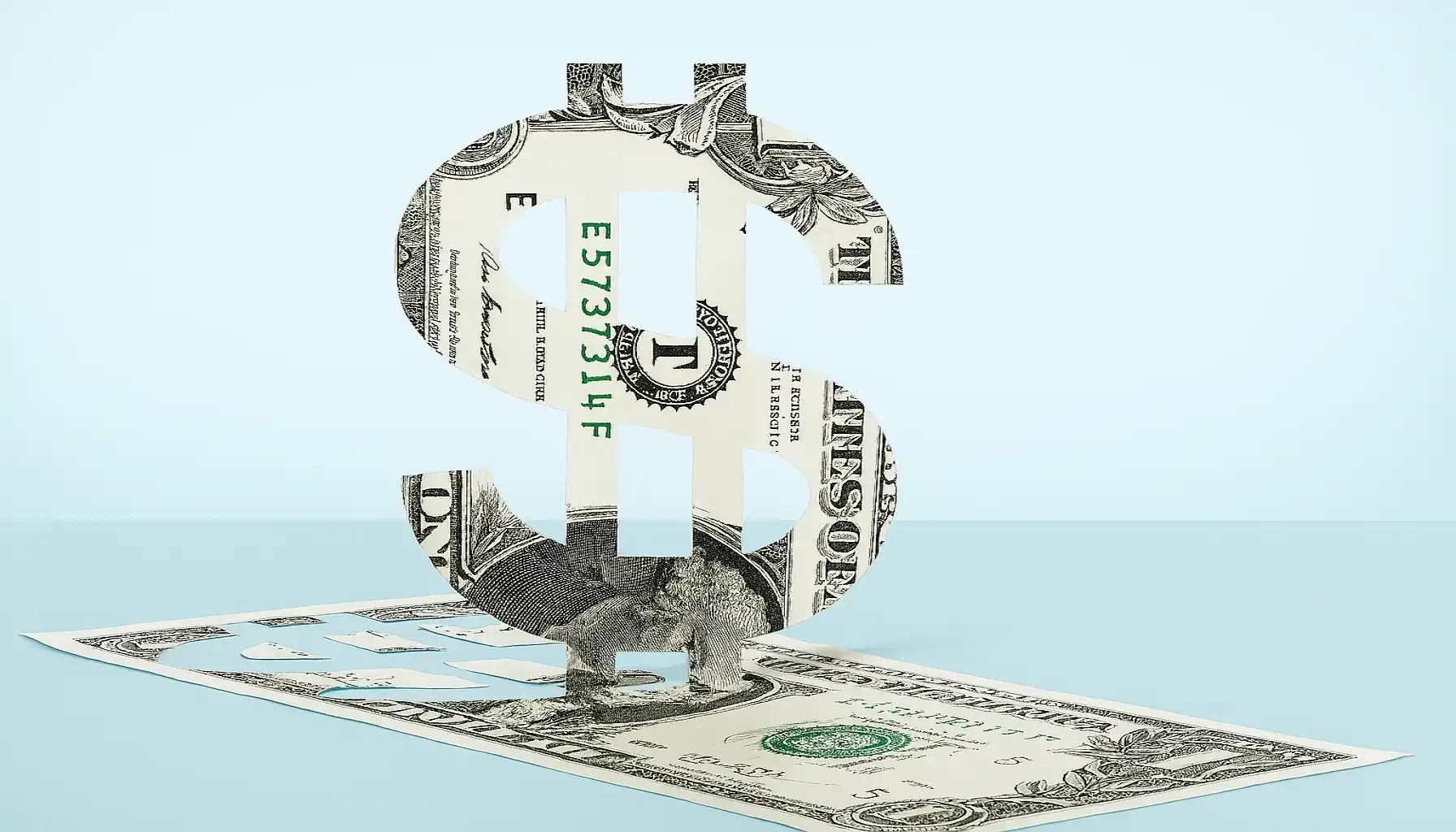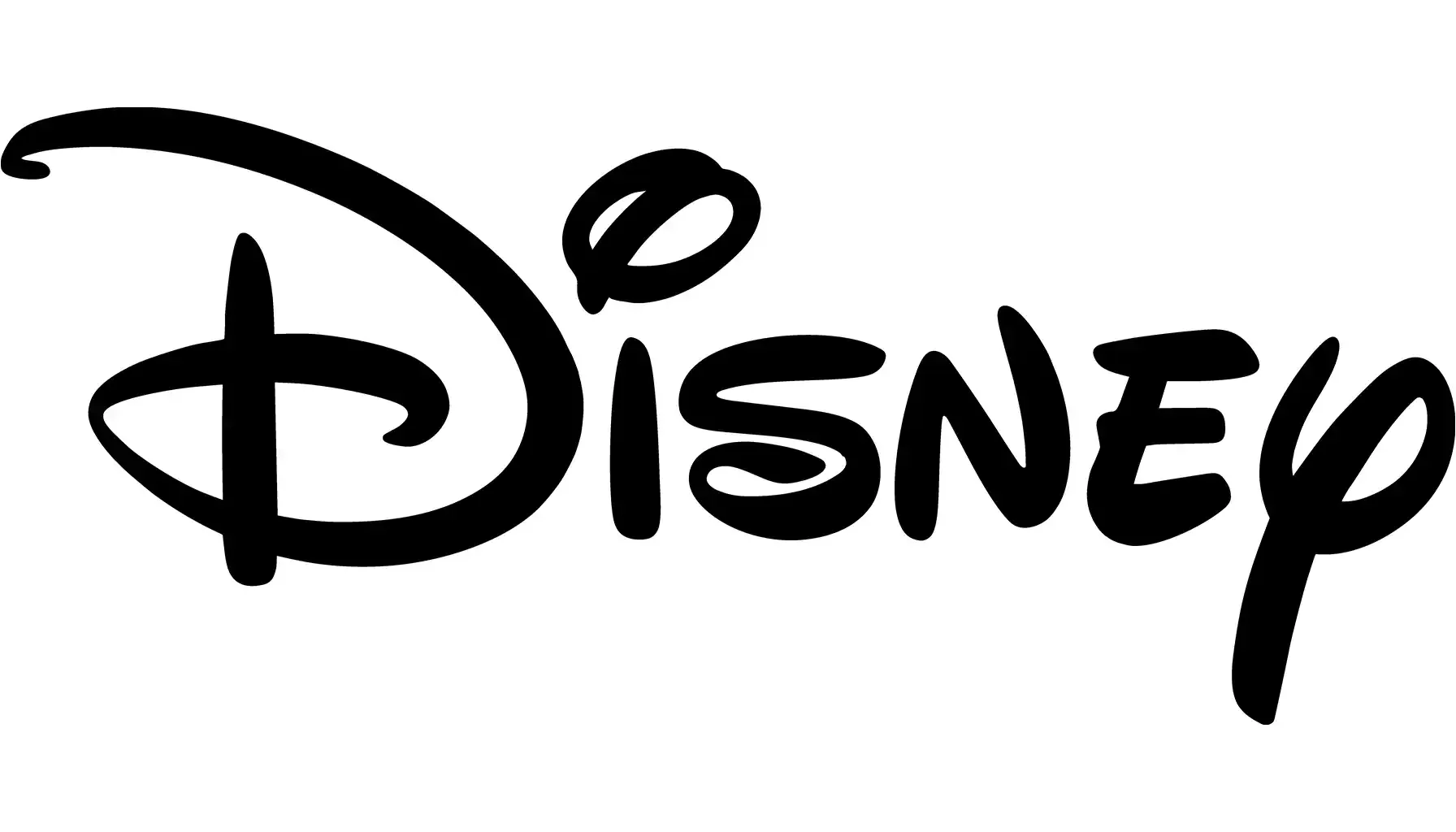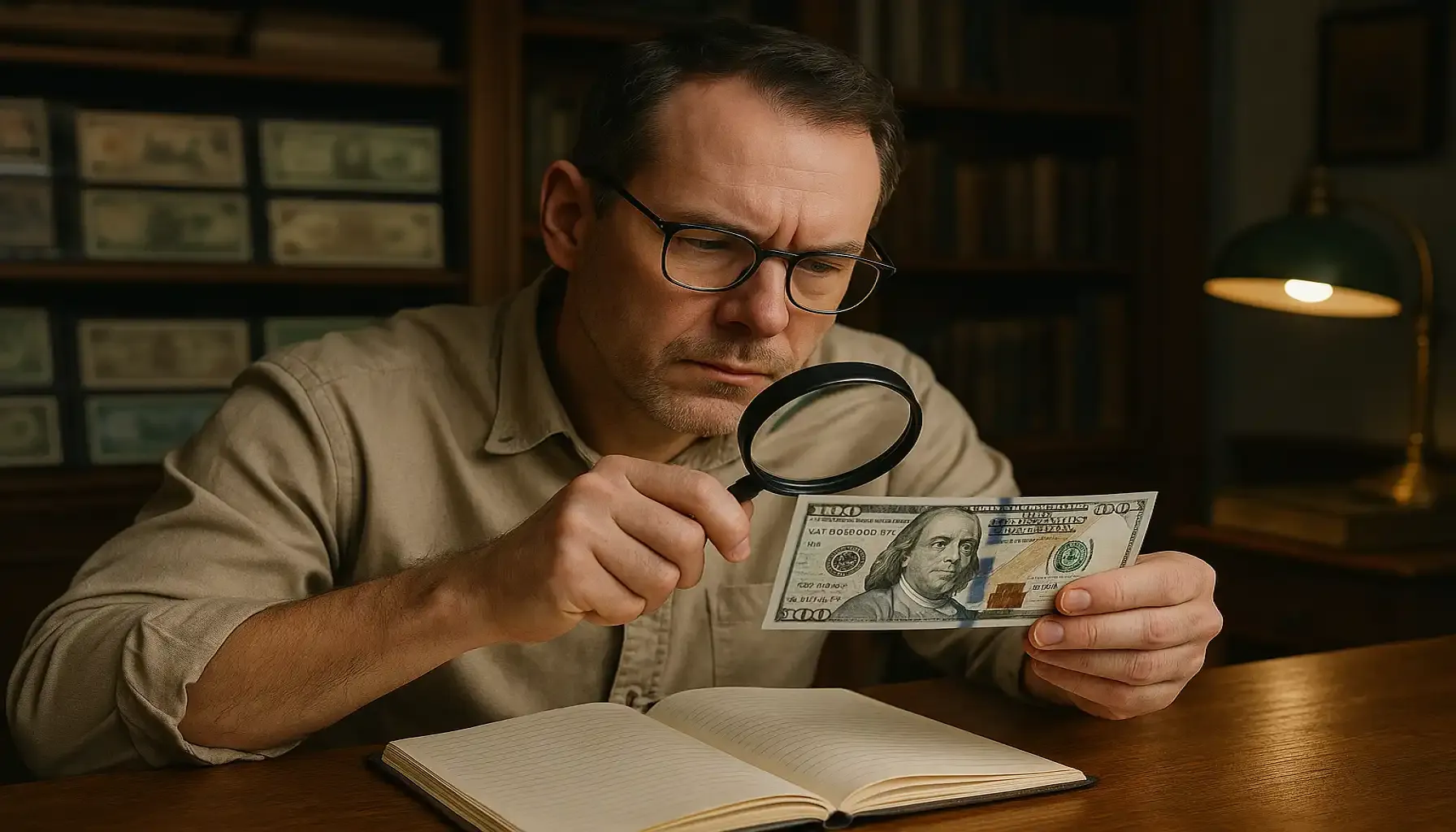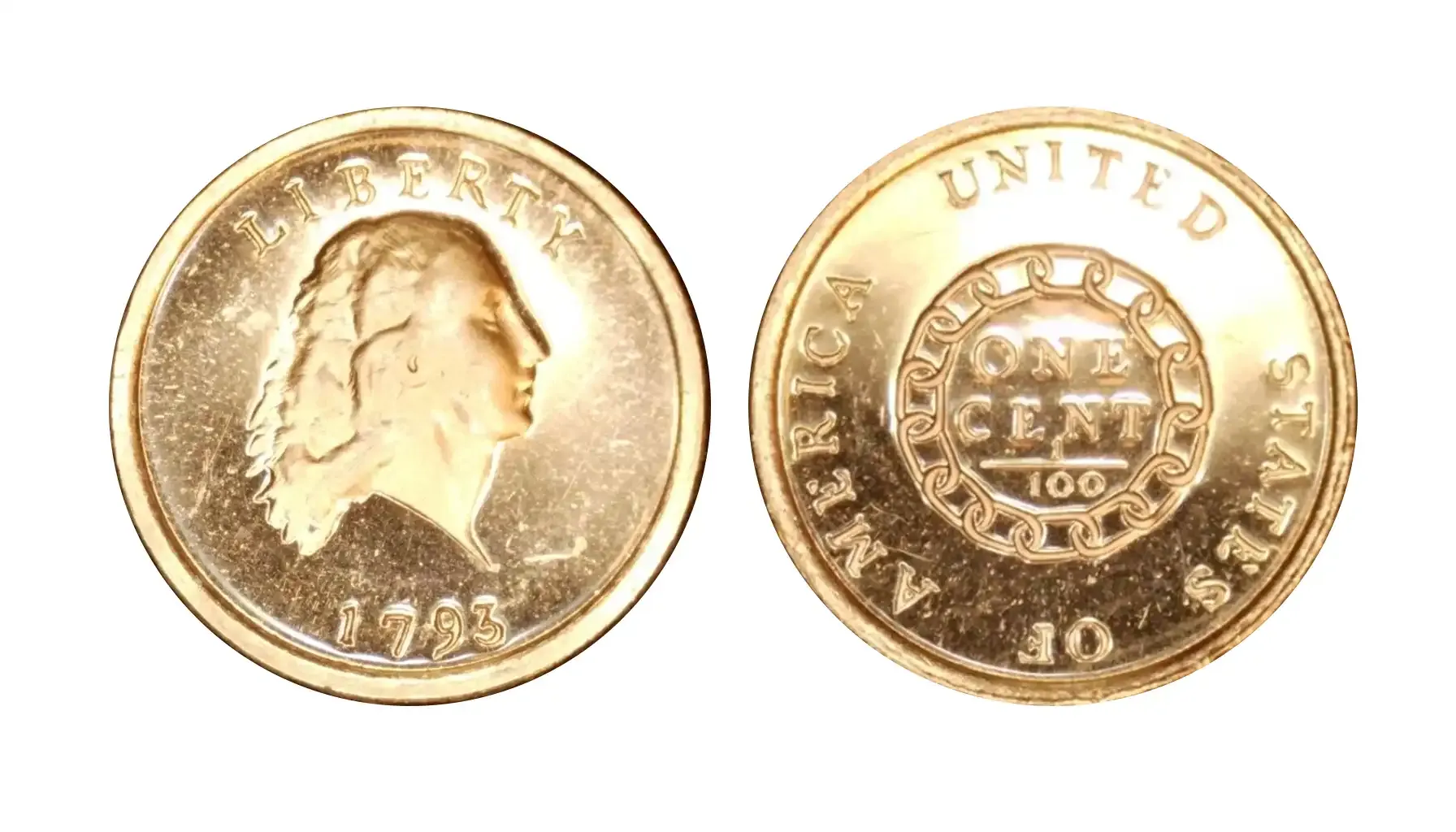Contents:
What could be considered one of the most instantly recognizable symbols in the world? This indeed is all about the US dollar sign – "$". That said, it is no longer a simple marker of currency - it is a symbol that represents power, capitalism, and modern finance at its best.
Yet despite its global presence, its true origin remains a subject of debate both within the United States and across the globe. So, where did the dollar sign come from? How does a simple coin value identifier fit into the story, and what does it actually mean?

Theory 1: The Spanish Peso and "PS" Abbreviation
Where does the dollar sign go? One of the first theories that comes to mind traces the "$" sign to the Spanish peso, once widely utilized on the territory of the Americas. Since there were colonies that adopted currencies and certain cultural attributes from the Spanish Empire, the peso naturally became a standard in trade.
In written records, the peso was often abbreviated as “Ps”. Over time, however, merchants and scribes began writing the "S" over the "P" in haste, eventually creating a symbol that strongly resembled the modern dollar sign. This form could be seen in several 18th-century documents, including Oliver Pollock's forms. This suggests that the appearance of the 1 dollar sign was the result of a natural, practical evolution rather than a deliberate design.
Related article: The Banknote's Anatomy: The Parts of a Dollar Bill Explained
Theory 2: The "US" Abbreviation Theory
There is a hypothesis that "$" originated from the abbreviation of "United States". According to this idea, the way of writing "US" may have gradually overlapped the two letters and placed the "S" over the "U". This is how a dollar sign might have presumably appeared.
Some researchers argue that the United States did not issue its own currency until the late 18th century, and this was the right time for a new national symbol to emerge. Over time, the curved bottom of the “U” may have been dropped, which would leave only the vertical line(s) and the “S” itself. Typographic historians note that the visual form of symbols often changes (either simplified for quicker writing or ornamented for stylistic effect).
Hence, it is possible that such decorative or practical adjustments gradually transformed the overlapping “U” and “S” into the "$" sign we recognize today. All in all, the theory is not widely supported anyway. There is little to no direct evidence to prove this fact, though the possibility is not refuted, either.

Theory 3: The Pillars of Hercules and Spanish Coat of Arms
Here comes a fascinating story that connects the "$" sign to the Spanish coat of arms found on the famous “pieces of eight” silver coins. These usually featured the Pillars of Hercules, i.e., two vertical columns wrapped by a flowing banner. The image of the pillars with the twisting ribbon may happen to resemble the dollar sign’s two vertical lines crossed by an “S”.
Thus, it is believed that this emblem, well known to traders and colonists, inspired the simplified "$" symbol as a quick visual shorthand for the Spanish dollar. The original was too intricate, yet the core elements (like those presented on the US $5 Bill) could have been adapted and introduced into the new space of commercial use.
Theory 4: The Number 8 and Pieces of Eight
The history of the dollar sign is quite intriguing. A logical continuation of the previous idea may suggest that the "$" might have evolved from the number 8, which would be a reference to the famous Spanish “pieces of eight” coins (again).
Some suppose that this sign is a stylized representation of the number eight, i.e., the coin's denomination (e.g., Peace Silver Dollars). As time passed, the shape of the digit was meant to be simplified and transformed into a completely new symbol with its own legacy and global influence that flourishes on and on.
Other Theories and Speculations
The dollar sign meaning may be controversial, though its purpose has always been the same: to serve the nation and demonstrate the economic identity on the global stage. For instance, historians have pointed out that in Spanish territories, enslaved people were sometimes branded with a mark resembling a single-barred dollar sign. This mark may have combined the letter “S” with the Spanish word clavo (meaning “nail”). However, this take is unpopular and cannot boast proven evidence to be true.
Another interesting idea, popular in Portuguese-speaking regions, connects the "$" sign to a historical conquest. It suggests that the "S" represents the route taken by the Umayyad general Tariq Ibn Ziyad during his 8th-century campaign into the Iberian Peninsula, while the two vertical bars stand for the Pillars of Hercules. This emblem may have been stamped on coins celebrating the victory and later evolved into a general symbol for currency. But can it be true? Doubtful.
Indeed, these theories lack widespread academic consensus, yet they still reveal how relevant this symbol is and how popular its background issues can be even centuries after its emergence (the Disney Dining Dollars are a great example to notice).

Unlock History with Coin ID Scanner
Where does the dollar sign come from? Why is it so popular? These and more questions can be easily answered, but only the right tool is capable of answering them correctly. Coin ID Scanner is an innovative numismatic assistant that offers numerous vital instruments for quick yet profound coin explorations, collection management, and more.
We know how difficult it may be to start, but Coin ID Scanner makes this experience less stressful and insightful. Simply take a photo, and the app will instantly analyze it to deliver the most up-to-date information about its origin, background, possible errors, specifications, care tips, and the like. Which features to try?
Instant Coin Identification: Quickly recognize coins from all over the world with just a photo (or two).
Extensive Database: Access detailed information on thousands of coins, including historical background and current market value.
Historical Insights: Learn fascinating facts about the origin and significance of each coin.
Collection Management: Organize and keep track of your personal coin collection within the app.
AI Numismatist: Advanced AI assistant that may answer any question and find relevant data you are willing to approach in an instant.
Explore the heritage of the symbol everyone knows. The legacy cannot be hidden – it should be cherished and studied.



